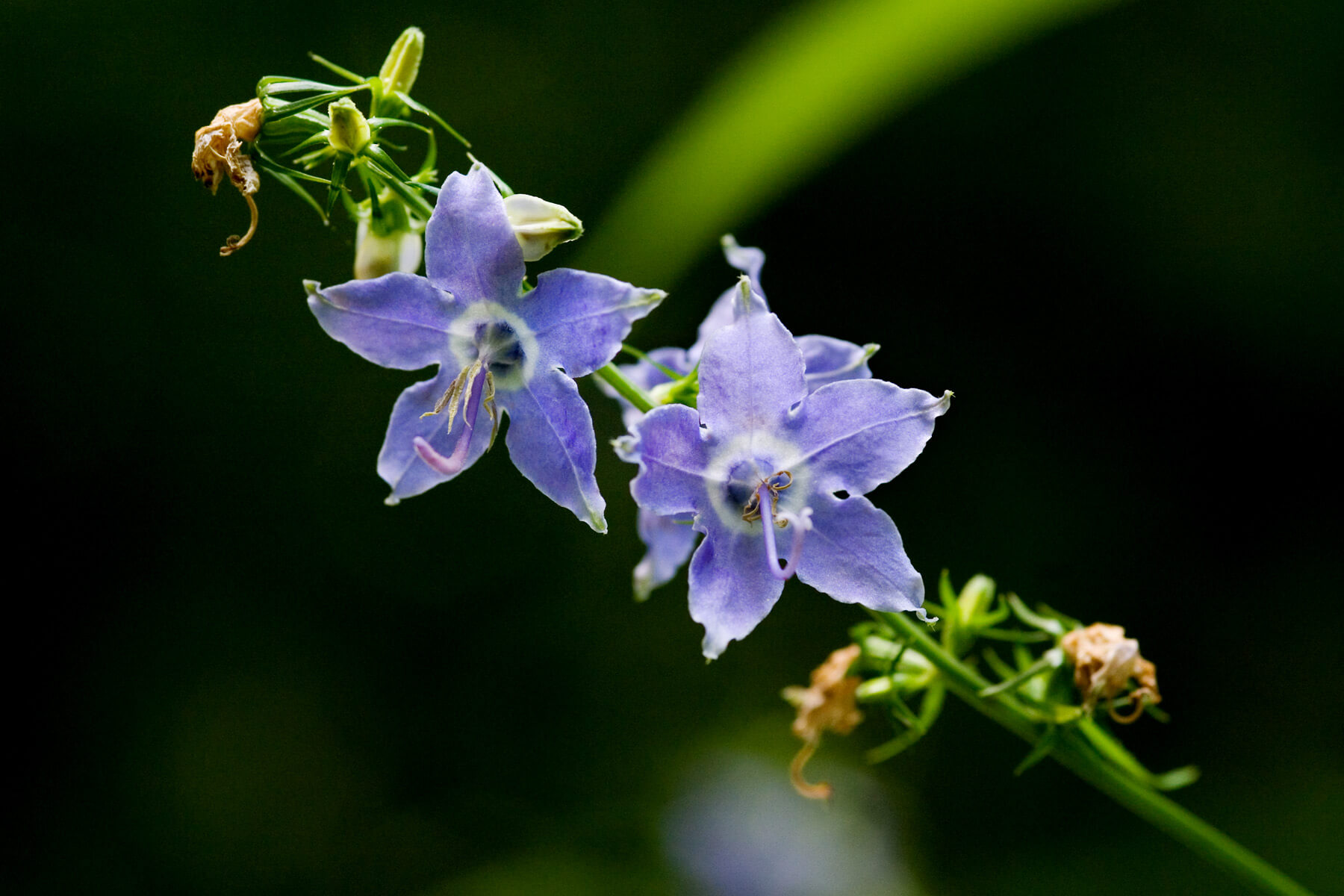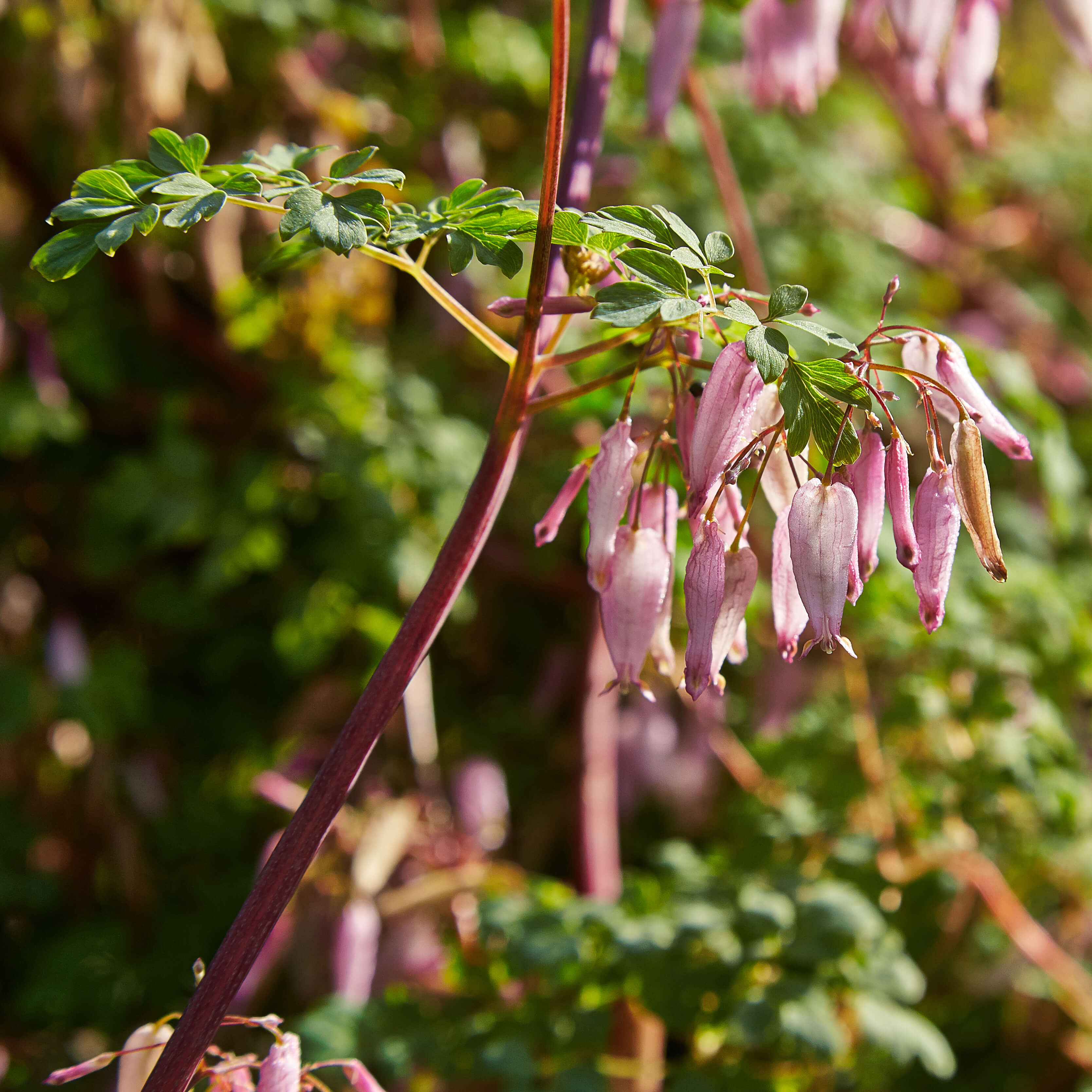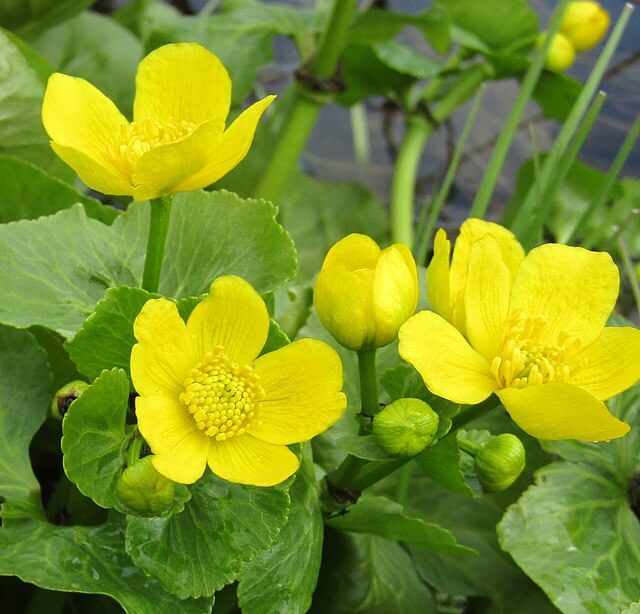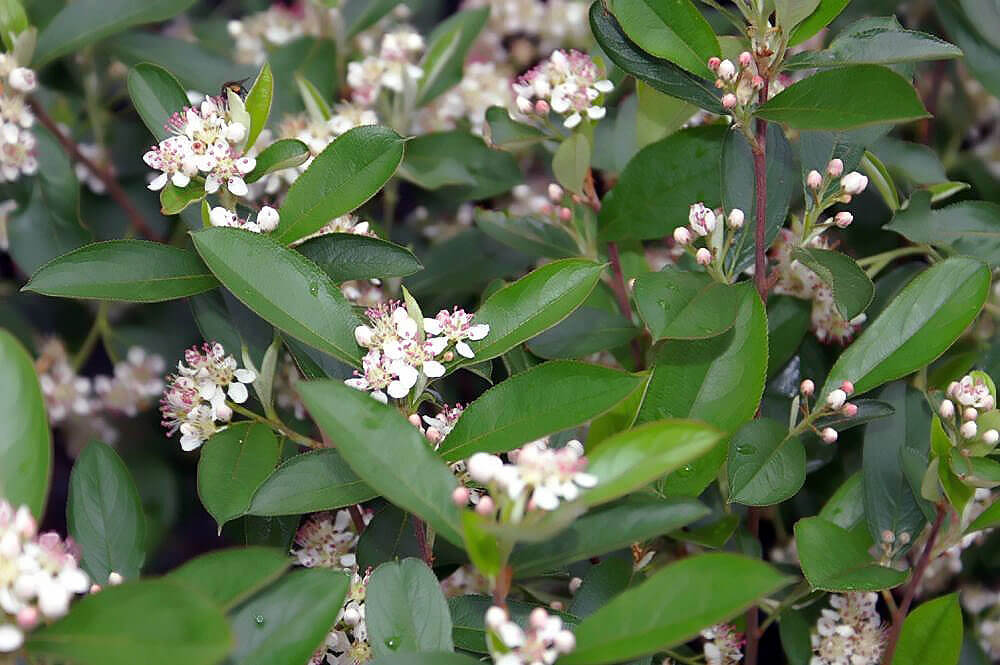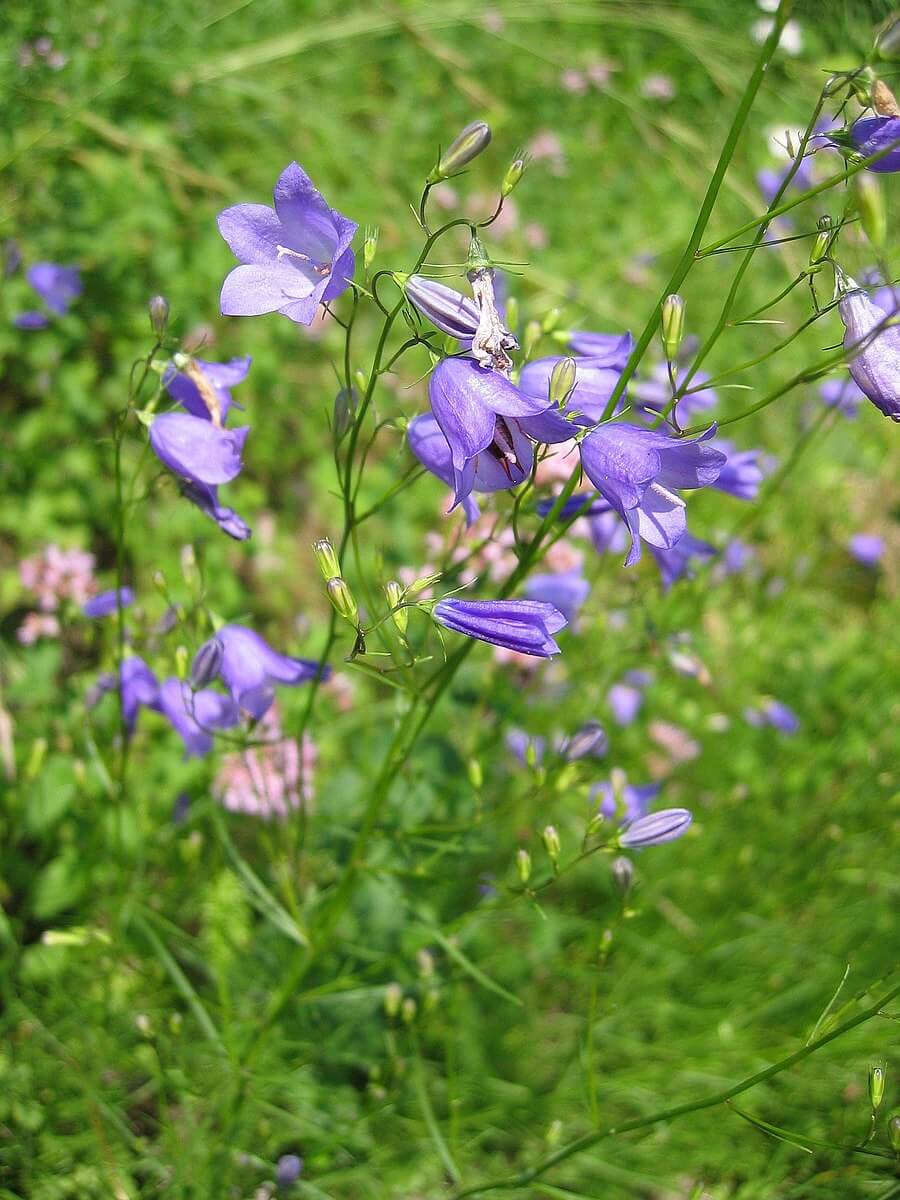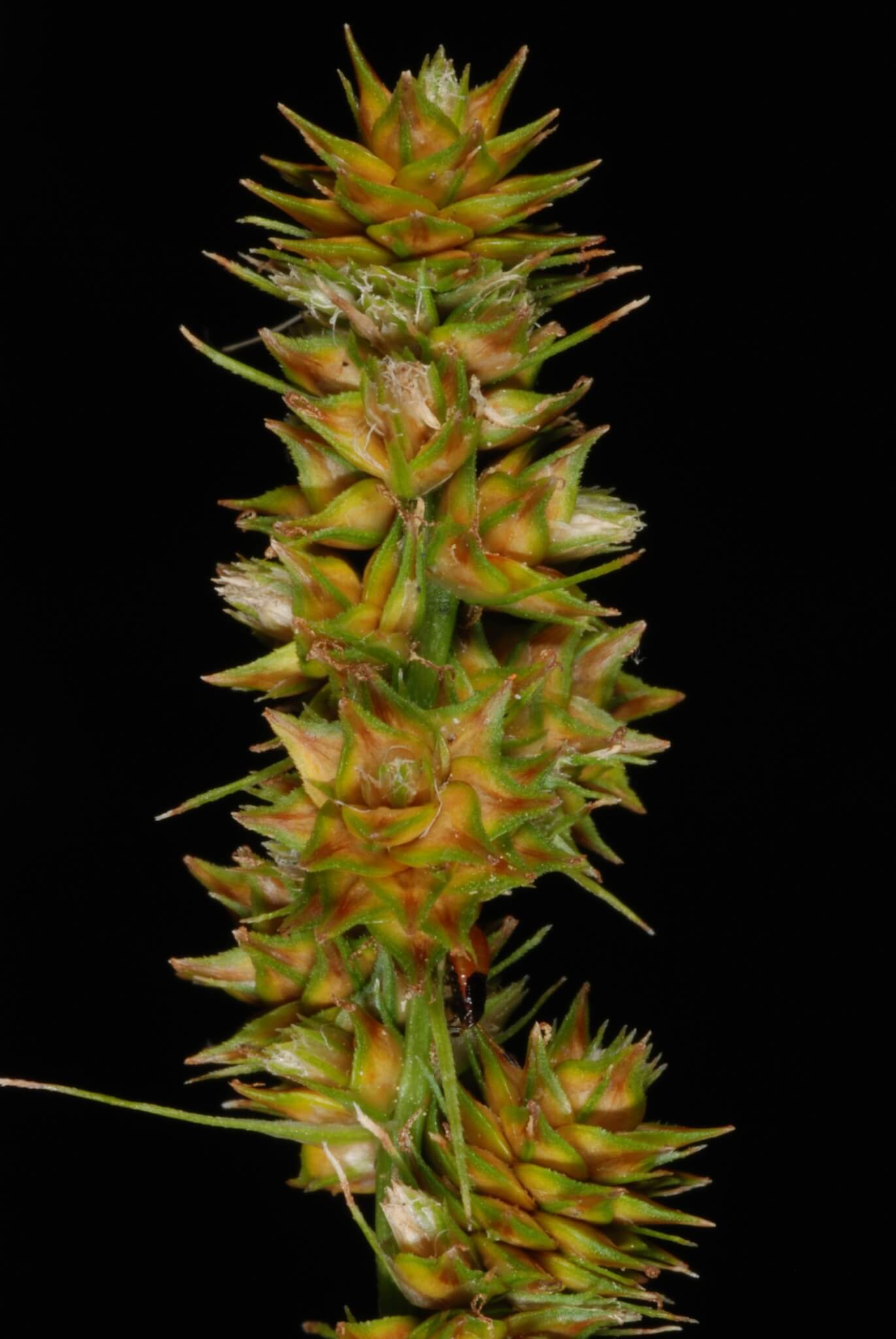It’s finally summertime and the weather is consistently perfect. So how should you spend your long summer days?
We suggest visiting nearby parks and enjoying all of the native plants and flowers Western New York has to offer.
The Buffalo-Niagara region is home to a plethora of beautiful native plant species, which can be found all over and outside of the city.
The Importance of Native Plants
According to the WNY Native Plants Collaborative, native plants play a crucial role in supporting food crops and the pollinators that help them grow. Native plants also create the habitat that surrounding wildlife (including insects and animals) are dependent on.
When established in their proper places, native plants are low maintenance and thrive in otherwise difficult locations. They do not require fertilizers, pesticides, or constant pruning in order to thrive, and in many cases are edible, helping to support the local food system.
Where to find native plants around Buffalo
The Buffalo-Niagara region is fortunate to be home to many nature preserves and parks for you to visit and look for native plants. One of our favorite places is Tifft Nature Preserve, an urban preserve just three miles from downtown Buffalo that’s. It’s open to the public every day and totally free to explore.
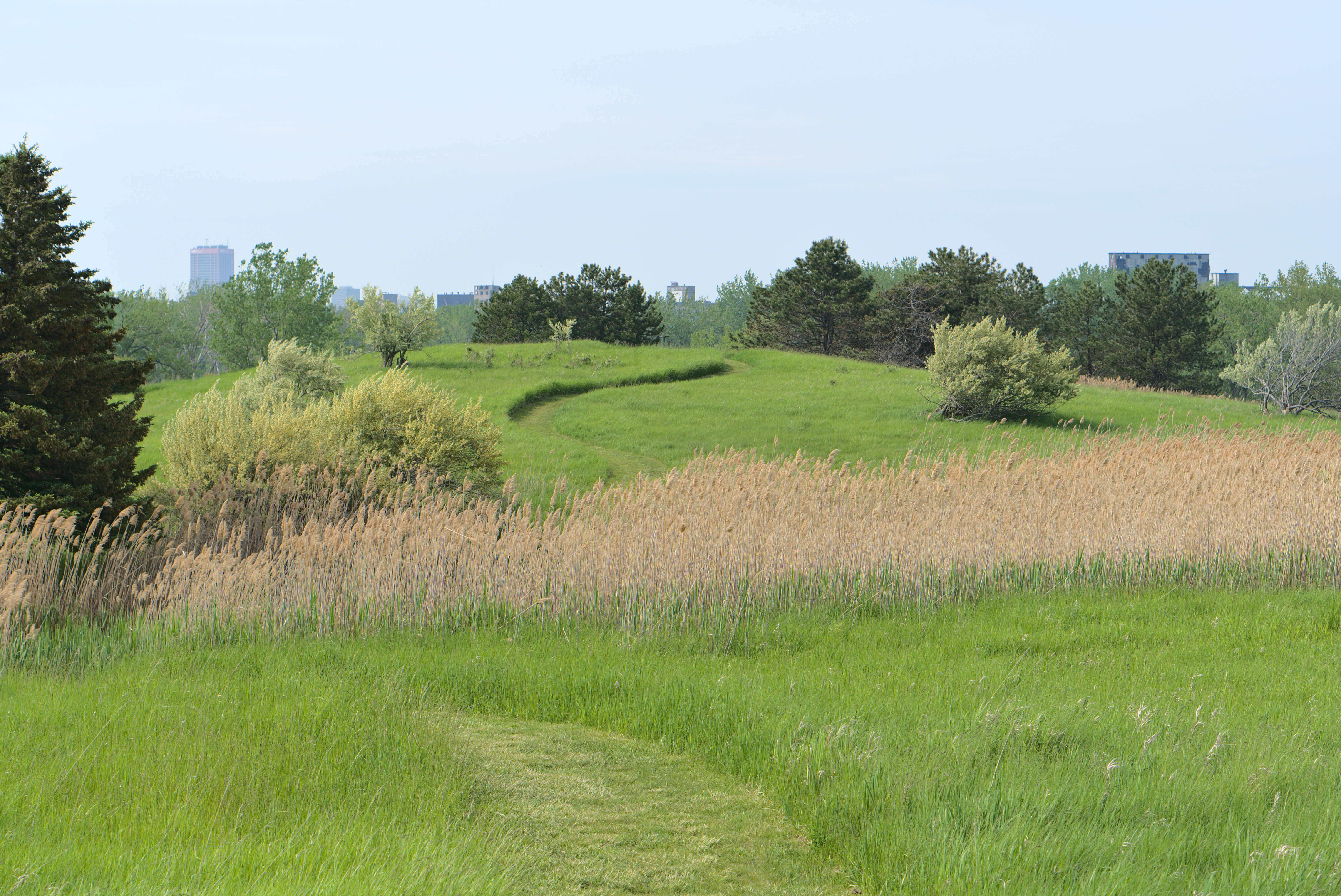
Western New York’s climate makes it an ideal place for many plants to thrive. We’ve listed some of the prettiest native plants to look out for as you get outside and explore the gorgeous greenery this summer.
Don’t take their beauty for granted — many of these plants are endangered, and we are lucky to still have them around locally.
Six Native Plants To Seek Out This Summer
- Campanula americana (tall bellflower) – The American tall bellflower is a perennial found in deciduous forests, bottomland forests, thickets, and disturbed areas, according to the New York Flora Atlas. In the summer it blooms with star-shaped lavender blue flowers. They are attractive to hummingbirds and feature a petal tube with a white ring in the center of the flower, according to Gardenia. The tall bellflower is only found in eight counties in New York state, including both Erie and Niagara County.

Campanula americana (tall bellflower) - Adlumia fungosa (Allegheny vine) – The Allegheny vine is a biennial climbing plant with very slender stems that often grows on wet and wooded slopes. This vine can grow up to twelve feet in length on wooded and rocky slopes. Its flowers are tubular, narrowly egg-shaped to somewhat heart-shaped, spongy and slightly wrinkled and white to pink in color. The two lobes at the mouth of the flower tube spread out like wings.

Adlumia fungosa (Allegheny vine) – C T Johansson, CC BY 3.0, via Wikimedia Commons - Caltha palustris (marsh marigold) – This cheery perennial is a part of the buttercup family and features two to five bright yellow flowers on naked stalks at the ends of branching stems. The flowers usually feature five petal-like sepals with distinct “vein-like” markings, and the center of the flowers have rings of many yellow stamens. The flowers continue to bloom through summer and often form dense populations, so get out and enjoy these vibrant marigolds while they last. Find them in forest and shrub swamps, marshes and near streams, according to New York Flora Atlas.

Caltha palustris (marsh marigold) - Aronia melanocarpa (black chokeberry) – The black chokeberry is a small to medium sized upright shrub. Its small clusters of white flowers bloom in spring, and glossy purple black chokeberries grow on the shrub in mid to late summer. The berries are edible to humans, but their tart taste makes them more suitable for use in baking, syrups and making jams and jellies, according to Prairie Nursery. The plant’s dark green foliage turns reddish-purple in the fall, and berries continue to grow until winter, providing a source of food for wildlife. The plant is often found in marshes, rocky summits, sandy forests and on the edges of lakes, according to the New York Flora Atlas.

Aronia melanocarpa (black chokeberry) [Photo by David J. Stang, CC BY-SA 4.0, via Wikimedia Commons] - Campanula rotundifolia (harebell) – The alluring harebell blooms in early summer and into early fall. Its blue-violet flowers are a sight to behold, with usually five bell-shaped petals that fuse together to create a bell shape. Its delicate stems can grow to 15 inches tall, causing the weak plant to bend over, according to the Wildflower Center at UT Austin. It’s most often found in rocky areas, ledges, cliffs and river banks, according to the New York Flora Atlas.

Campanula rotundifolia (harebell) [CC BY-SA 3.0, Link] - Carex annectens (yellow-fruited sedge) – The yellow-fruited sedge is a perennial sedge (a grass-like plant with triangular stems and small flowers) that grows to a height up to three feet. It features clusters of overlapping spiked branches. This unusual looking plant develops fruit in the summer, with pistillate spikes forming clusters of seeds. It’s commonly found in fields, meadows, gravel pits and the edges of ponds, according to the New York Flora Atlas.

Carex annectens (yellow-fruited sedge) [Doug Goldman (douggoldman), CC BY 4.0, via Wikimedia Commons]

 Fair Housing Notice
Fair Housing Notice 
